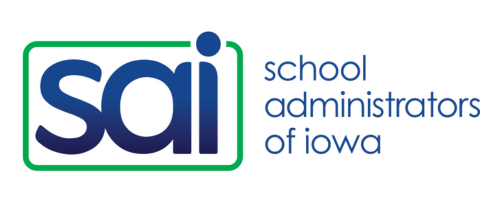Grow Your Leadership as an AP: Special Education Focus
Date postedFebruary 15, 2024
This article from NAESP AP’s Rising helps you build your leadership toolbox with these tips and tasks related to special education.
- Make a list of the tasks in your building associated with special education services and visit with your principal about which ones you would like to develop more capacity:
- Facilitating child study and IEP/504 meetings;
- Supervising teachers in conducting behavior assessments;
- Supervising implementation of behavioral intervention plans;
- Ensuring that effective, positive behavioral supports are available to all students;
- Monitoring classes to ensure adequate support for students with disabilities;
- Monitoring extracurricular activities to ensure that students with disabilities have equal opportunity to participate;
- Building a multidisciplinary team that includes the parent when developing an IEP;
- Leading IEP team members in developing and implementing IEPs; and
- Providing oversight of special education services in the least restrictive environment.
- Ensure inclusion:
- Model respect and build capacity for diverse populations. Make sure families feel welcome. Be aware of what stories your walls tell—do all students see themselves in your building?
- Champion inclusive practices.
- Collaborate with special education staff to deepen your knowledge:
- Foster relationships with special education teachers and paras—ask them for feedback as to how you can support them best and be more involved.
- Be actively involved and engaged in the IEP team.
- If not already established, visit with your principal about regularly scheduled collaboration time for special education and regular education teachers—you can participate in those meetings.
- Lead equity efforts on behalf of students with disabilities:
- Analyze discipline data to discover any disparities in the number of disciplinary referrals for special education students as compared to others. Create a plan to address any inequities.
- Consistently implement a continuum of response strategies to recognize appropriate behaviors and discourage undesired behaviors. (Bring a team together to create a continuum if your building doesn’t have one!)
- Keep learning!
- Process your questions with your mentor.
- Work with your principal to get repeated experiences in the areas where you’re least comfortable.
- Engage in workshops, journal reading, and other forms of learning to support your leadership growth and development.
Read the full article (subscription may be required).
